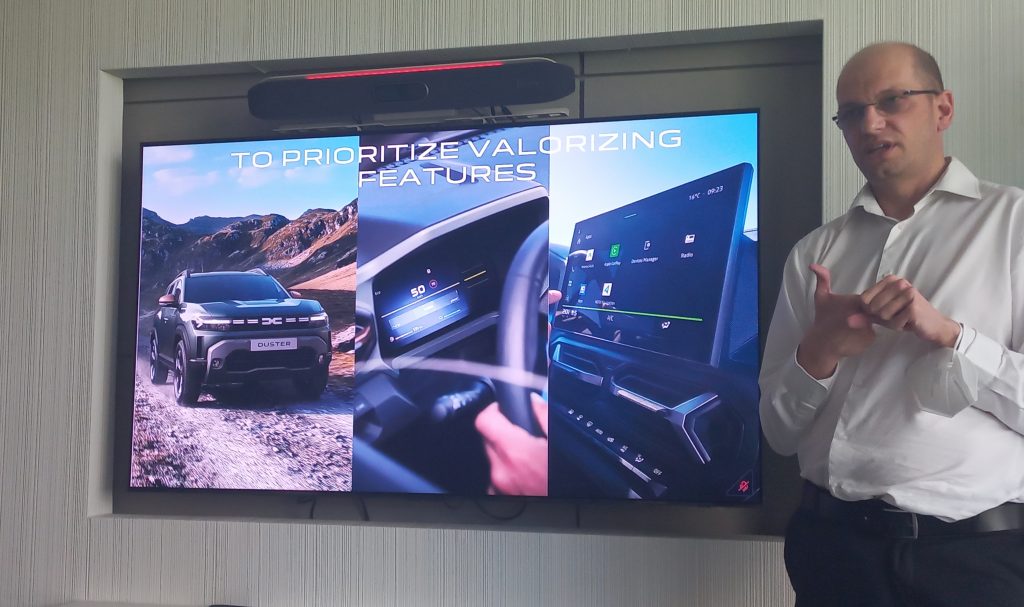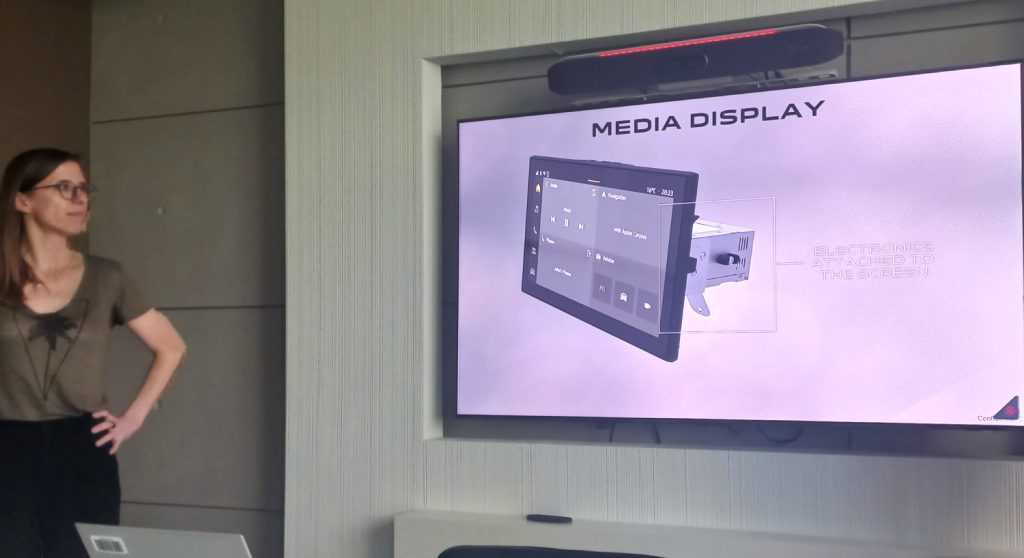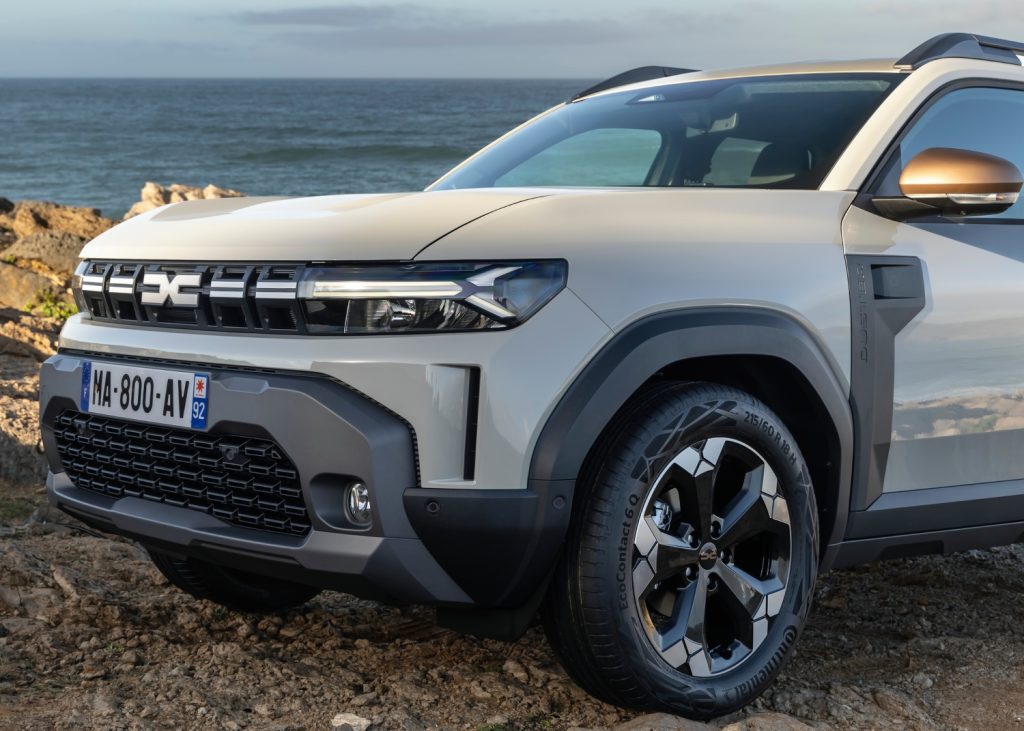After aiming for the future with a more modern and appealing image, Dacia continues to be a reference in the automotive market, with strong growth in Europe, and particularly in Portugal, where it is the brand that has grown the most in recent years.
An example of this is the new generation of the Dacia Duster, which even before it reaches the market already has over 1000 orders in the national market, in just two months. In addition, the brand is in the “top 4” of sales, with 7502 units registered in the first five months of 2024, which is 22.3% more than in the same period last year.

If we look at the passenger car market, Dacia occupies the “top 3”, with a market share of 7.58%, with 7289 registered vehicles, which represents a growth of 19.3% compared to the same period in 2023.
In addition, Dacia unquestionably maintains its leadership in sales to individuals, as it has two models from the brand at the top of the table, which allows José Pedro Neves, General Director of Dacia in Portugal, to state that “1 in every 5 individual customers chooses a model from the brand. We maintain the leadership in the individual market, with very important numbers, almost 18%.”.
Investment in simplicity and practicality
In this philosophy, the latest edition of Dacia Talks featured Elisa Jarier, Product Manager, and Julien Ferry, Global Vehicle Leader, to reveal some of the details that make Dacia models a car where the essentials justify that “every euro spent must serve the customer,” emphasized Julien Ferry.

Design is therefore a very important aspect, and if the brand makes use of some tools from the Renault Group, such as the CMF-B platform for various models, the fact is that the work developed to equip each model only with the essentials begins with the first sketches of a new car.

Within this philosophy, one of the highlights is the multimedia system, where Dacia offers everything from a basic “Media Control” system, where the user uses their mobile phone placed in a specific holder, which allows it to function as the central element of the multimedia system, to the “Media Display”, which uses a large screen and is equipped with only the most common or important functionalities for customers. “This solution allows for the reduction of the processor’s dimensions and the number of necessary components, resulting in a simpler and less expensive cooling system,” added Julien Ferry.

The Dacia design-to-cost policy is also evident in details such as the driving assistance systems, where the automatic high beam lights system makes “use of information collected by only one camera, instead of multiple sensors or more expensive systems.”

In addition, the essential cost policy also involves offering five wheel options, but as Julien Ferry explains, “there are only three since what differs in these wheels is their finish that makes them look distinct.”
Competition is stimulating
The work of Dacia’s design teams is so precise in determining what is truly essential for each model that “the money saved is invested in the design of the instrument panel or multimedia screen, something that customers in cars appreciate.”
In this way, Dacia aims to strengthen the work it has been doing to distance itself from the image of being a manufacturer focused on low prices, investing instead in a current and appealing image, with a reinforcement of the practical, robust, and adventurous character of its models.

Maybe that’s why the brand is not afraid of competition and the new policies of many car manufacturers in offering affordable models. “Dacia was a pioneer in this business model and that’s why we know we are prepared to face competition, which is always important,” added Elisa Jarier, Product Manager. “Furthermore, competition must be seen as something positive and as an opportunity to continue working to improve,” concluded Julien Ferry.







